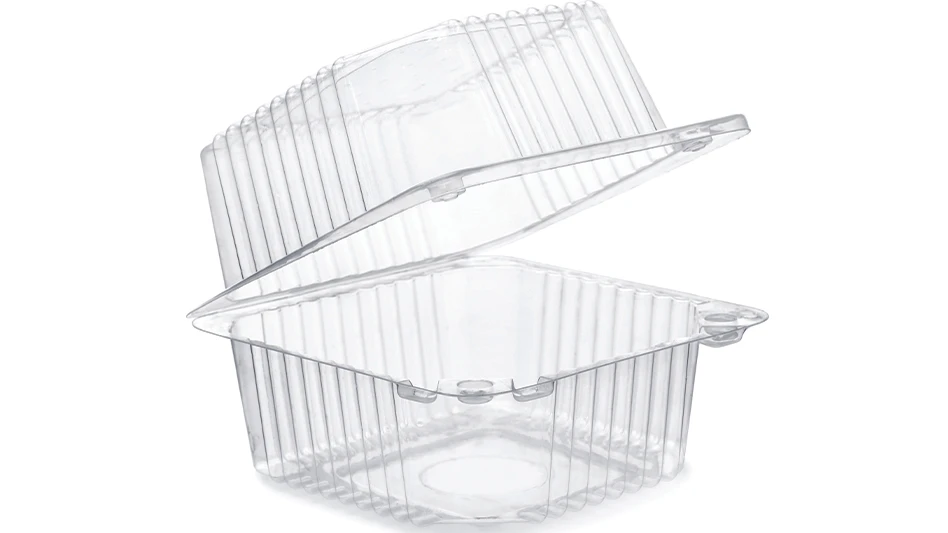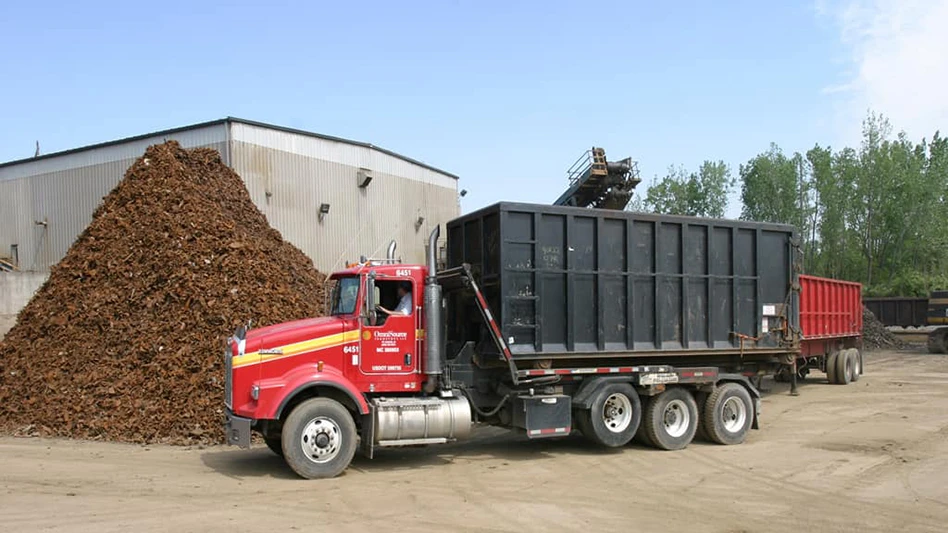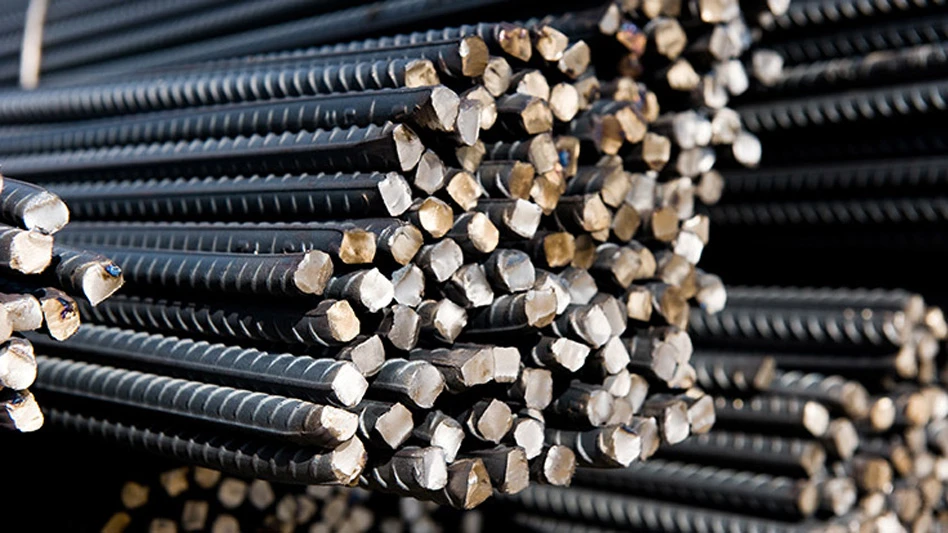Shredding once useful objects—everything from station wagons and washing machines to wooden pallets and concrete sidewalk blocks—can certainly seem like a side effect of the throwaway American culture.
Shredding equipment is indeed used in disposal applications to decrease the cubic yardage of materials heading for a landfill.
But in the hands of a recycler, shredders and other size-reduction equipment play a part in the closed loop that keeps resources in use and spares untapped resources for future generations.
Automobiles and washing machines eventually wear down to a point where it’s not affordable to keep them running. Whether for sentimental or resource conservation reasons, there are those who are pained to see a once useful collection of metal parts reach the end of the road.
Not too long ago, a lot of these hulks were left to oxidize into red dust in an America that was more rural and whose steel furnaces were less dependent on scrap. Similarly, old pallets, concrete blocks and anything plastic that was being disposed of was almost exclusively consigned to landfills. It’s difficult not to view such practices as wasteful.
Market forces have helped change that picture, and so has size-reduction technology. The demand for scrap metal, crushed concrete and granulated plastic may have stemmed from traditional supply and demand scenarios, but the supply has been dependent on the ability of recyclers to provide consumers with a material they can use.
Equipment manufacturers—responding to input from recyclers and scrap consumers—are now producing machines that offer more power and new features to create shippable, usable secondary commodities. Size reduction machines figure prominently into this mix.
In our 2001 Shredder Guide, Recycling Today takes a look at some of the more recent developments that are helping recyclers use size reduction equipment to help close the loop in keeping resources above ground and in use.
Get curated news on YOUR industry.
Enter your email to receive our newsletters.

Explore the July 2001 Issue
Check out more from this issue and find your next story to read.
Latest from Recycling Today
- Toppoint Holdings expands chassis fleet
- Lego creates miniature tire recycling market
- Lux Research webinar examines chemical recycling timetables
- Plastics producer tracks pulse of wire recycling market
- Republic Services, Blue Polymers open Indianapolis recycling complex
- Altilium produces EV battery cells using recycled materials
- Brightmark enters subsidiaries of Indiana recycling facility into Chapter 11
- Freepoint Eco-Systems receives $50M loan for plastics recycling facility





